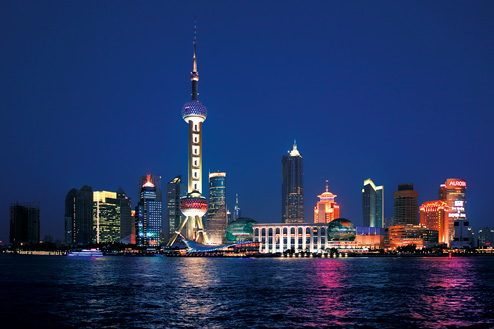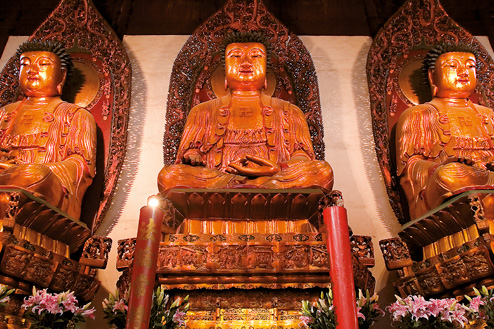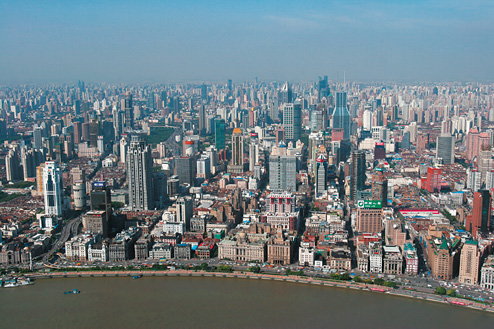Physical Geography
China encompasses a variety of landscapes by virtue of its size. Its west is mostly mountainous and high plateau terrain, the landscape dropping down in steps, punctuated by several mountain ranges, to the bountiful plains of the east coast. The mighty Himalayas form the borders with four of its neighbours – Nepal, Bhutan, India and Pakistan – and encompass the world’s highest peaks. At 8,850m, Everest (Qomolangma) towers above all and lies partly in Tibet, while other notable peaks in Chinese territory include K2 (8,611m) and Shishapangma (8,013m). To the north-east of the Himalayas, the Tibetan Plateau extends over a huge area and has an average elevation in excess of 4,500m. Some of Asia’s longest rivers begin there, including the east-flowing Yellow (Huanghe) and Yangtze (Changjiang) rivers, plus the Mekong, which flows south. Great swathes of China’s north-west are desert, the most notable being the Taklamakan and Gobi deserts. Also in the north-west is the Turpan Depression, which lies at 154m below sea level and is the lowest place in China and the second lowest on the planet.













